They say eyes are the windows to your soul, but when it comes to cats, we should look the other way around because their souls give them away through their tails!
Do you want some insights on how your feline friend is feeling? Focus on the movements of their tail, and you’ll know instantly!
If you want to understand them and have a trusting and loving relationship with your cat, you better learn how to interpret their body language!
The Purpose of a Cat’s Tail
A cat’s poise is to die for; how do they always manage to land on their feet so gracefully? Their tails play an important role in providing them with grace and balance. It is similar to acrobats and tightrope walkers who spread their arms to help their balance. Similarly, the cats’ tails help them spread their body weight in all parts of their body evenly and maintain their flawless grace like the kings and queens they are!
Learning the Art of Cat Wagging
From reading their emotions to understanding how they feel with certain interactions and environments, you can determine all of that by learning how to read cat tail language and looking closely at your kitty’s tail.
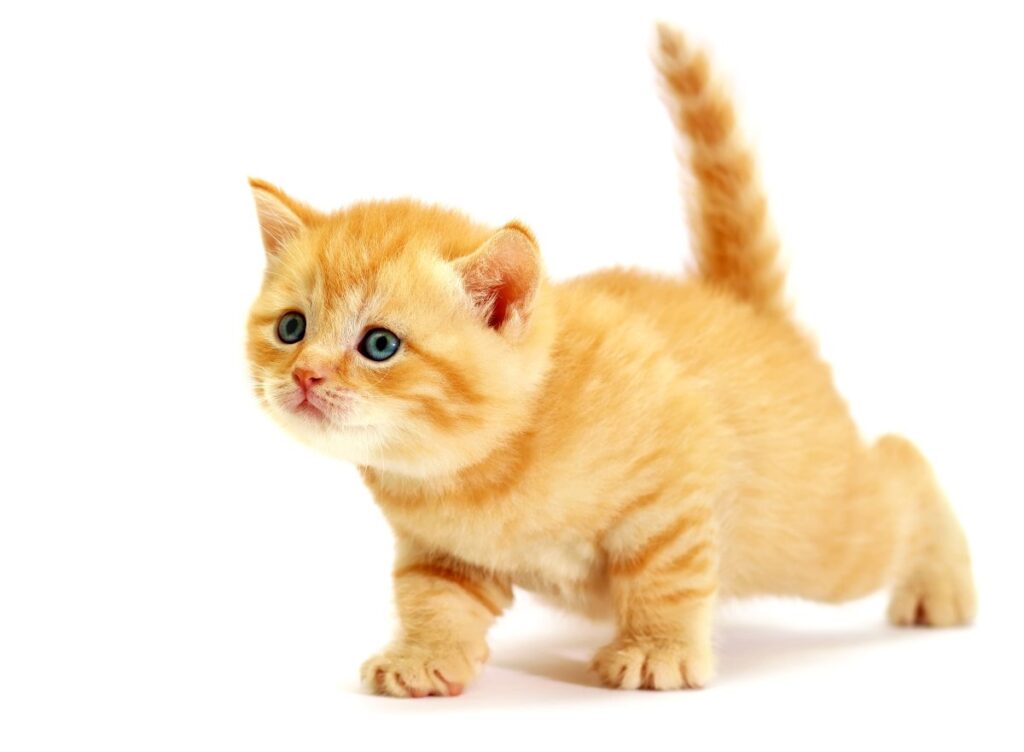
So, let’s learn what your kitty is trying to tell you using its long beautiful tail!
Thrashing Movements
When your kitty is bothered by something, its tail starts to thrash and thump. This means that your cat is starting to get angry, annoyed, or agitated. If this happens, they will usually distance themselves from the offensive thing.
If they keep getting offended, this thrashing and thumping action become just a prelude to hissing, yowling, growling, or even biting. You can experience this distance-increasing behavior when you’re busy showing them your unconditional love by petting and hugging them; all of a sudden, your kitty starts thrashing and thumping their tail. It means that they’ve had affection for the day, and they want out, or else brace yourself for some swatting and growling attacks!
Twitchy at the End
Interpreting twitching cat tails depends on your cat’s behavior. Sometimes their tail twitches when they’re playing, hunting, and sometimes it’s an indication of them getting annoyed. You’ll usually witness these cute tail twitches when your kitty is in a playful mood and is playing with their toys. Otherwise, witness this when their inner predator side occurs, and they’re stalking their hunt!
If it’s neither of them, you should brace for an annoyed kitty roaming your home, give them some time and some toys, and they’ll be happy in no time!
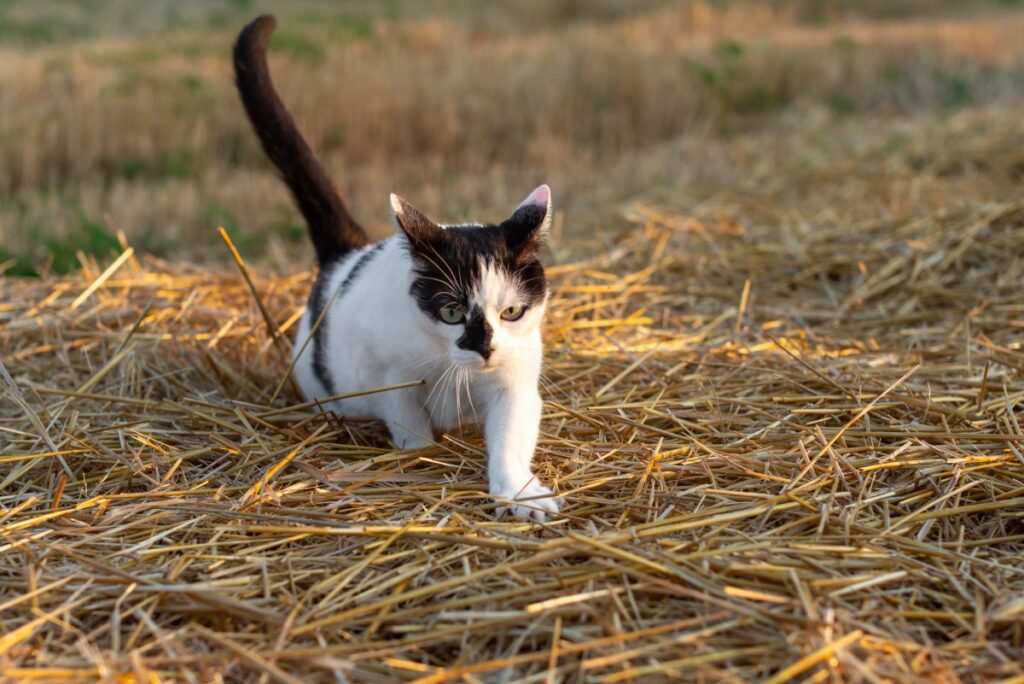
Swishing Left and Right!
Cats come from the same family as lions, so just like them, they also have a habit of swishing their tails right and left when they are hunting or stalking their prey. When you see their tails swishing right and left, it means that they are truly focused on pouncing on whatever has caught their interest.
This predatory behavior is a good thing; this increases their focus and helps them keep their natural instincts intact. It usually comes out when they see other animals, a toy they like, or they see something outside their home. Let them engage in this behavior and encourage it in the right surrounding when they aren’t in danger of harming something.
Quivering Tail
Usually, when a cat’s tail quivers, it’s an indication of excitement. They become quite excited when they see you, another human they like or when encountering other cats.
So, when you see your cat’s tail quivering at seeing you, show some excitement to them too!
Wrapping It Around You
Wrapping their tails around you is a sign of affection and greeting. Like when we meet each other with a handshake or a hug, cats prefer wrapping their tails around you and then going back to their business. However, if they show this behavior with other cats where they wrap their tails around each other, it indicates a greeting and behavior that’s affiliative and shows their agreement of interacting with each other.
So, the next time your cat wraps their tail around you, you better bow down to your queen for showing you affection!
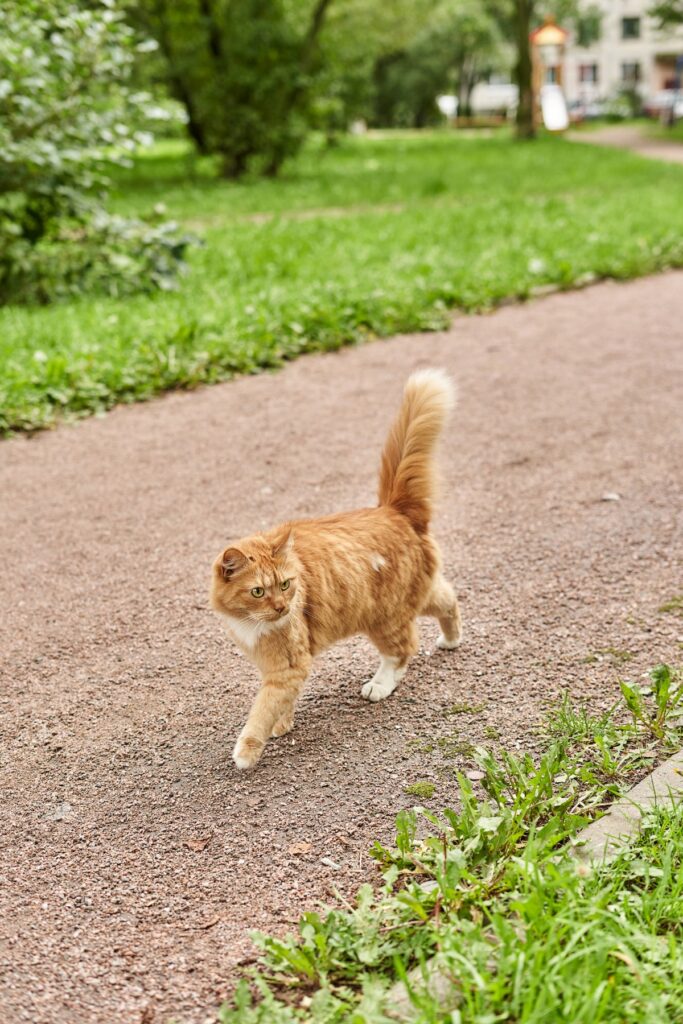
Shooting It Straight Up!
Like we keep our shoulders and back straight when feeling confident, cats also show this confident and social behavior by straightening their tail. It is observed that when cats find other cats with their tails straightened, they have no problem approaching them, but when they see a cat with its tail down, other cats hesitate to approach it.
This shows that cats feel social and confident when their tails shoot straight up. So, when your cat approaches you in the same manner, then it means that they are in a happy, social and confident mood. It’s a good time for playing with them and patting them.
Hooking at the End
Sometimes when your cat approaches, you may notice a hook-shaped or question mark-shaped curl at the end of their tails. The entire tail stands tall, but the end appears to be curled; this means that your kitty has a good mood and is approaching you happily.
If your cat approaches you in this manner, you are OK for some pat, cuddles, hugs, and playtime. As long as you show affection to them and stay away from their tails, they’ll remain content. Most cats don’t like their tails getting patted but love getting scratches under their chin and behind their ears.
So, if you want to keep them in your lap for long, keep your hands in the safe areas and stay clear of their tails, and you’ll have a happy cat!
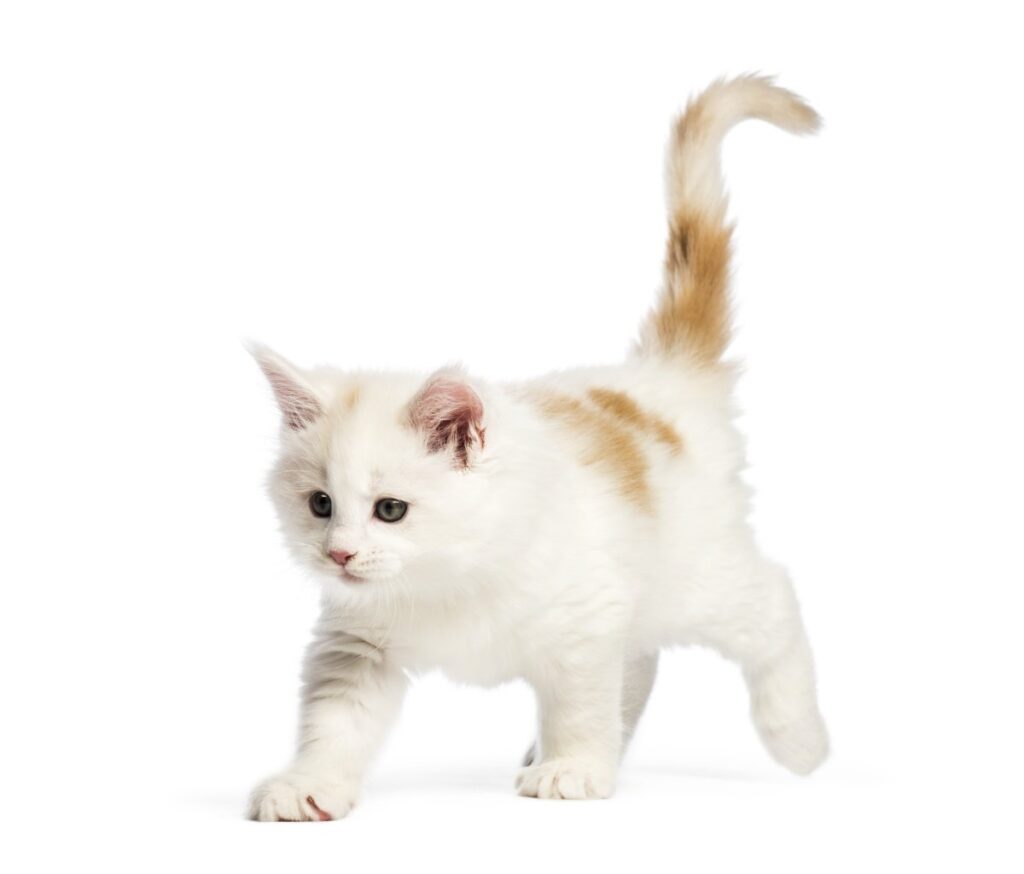
Lowered to the Ground
Like I mentioned before, you can tell how a cat is feeling by looking at its tail, so when they have their tails lowered to the ground or tucked between legs, they indicate stress, anxiety, or the fact that they are feeling scared. It can also mean that your cat is experiencing some pain. You can try hugging them to reduce their fright and try helping them through stressful situations. Or if you think that they might be in some pain, then a visit to the vet to find out what’s wrong is a must.
Do whatever you can to get your cat’s tail straightened again because we won’t rest until the kitty is happy again!
Arched Back and Puffed Up Tail!
If your cat assumes the same pose as the Halloween decoration cats do, with their backs arched upwards and tails puffed up hanging low, then it means that something severely scared or threatened them, and your cat’s fight or flight mode has been activated.
The hair on their back stands erect, and they appear to be bigger and more threatening to their opponent. This is an indication that your cat has entered defensive mode and should be left alone. This usually happens in unfamiliar situations where they feel threatened by other animals like dogs, or there are unknown visitors at your home.
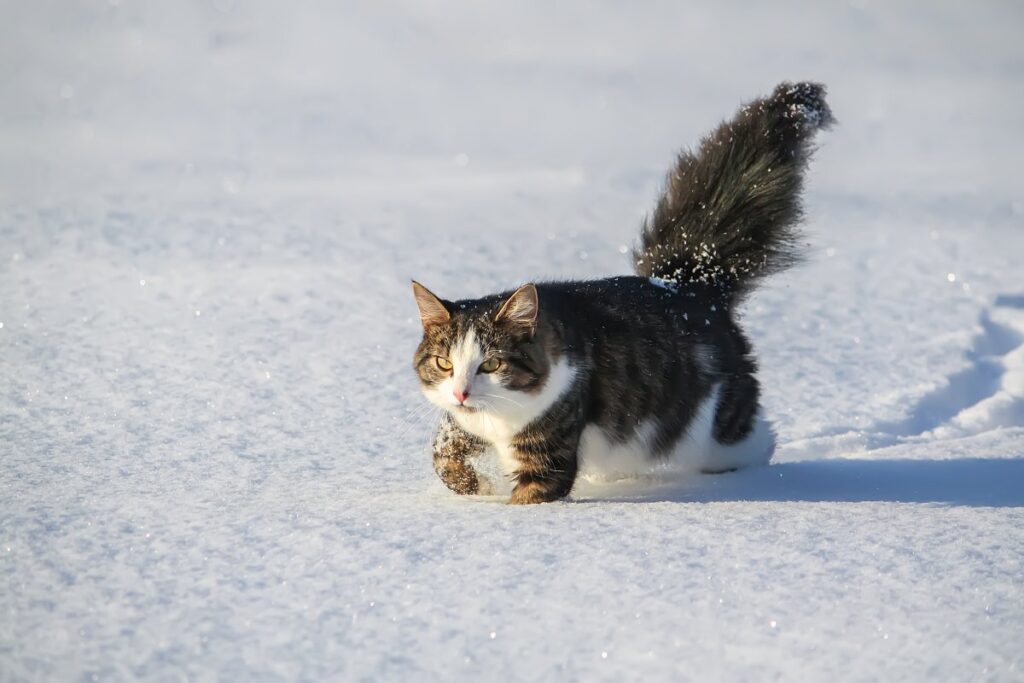
You can help your kitty by taking away the source of their threat and approaching your cat slowly in a non-threatening manner to calm them down. If you try to touch them or take them out of the equation, they may perceive you as the threat and become aggressive.
If you try picking them up, keep some gloves handy because you might get attacked by the scratching monster!
Why Wrap It Around Themselves?
When cats curl in on themselves or wrap their tails around themselves, they indicate that they are afraid, defensive, not feeling well, or in some kind of pain. If you see this, take a look at your surroundings and take everything away that you might think is causing them stress. If it doesn’t improve their condition, take them to the vet and get them checked out for any illness.
Let’s get that happy tail back!
Final Thoughts
To understand your cat completely, you should definitely pay attention to their complete body language, but their tail is the most expressive part. So, pay close attention to your cats’ tails, and when you learn to understand your cat’s tail language, you are able to improve your connection and bond with your kitty!

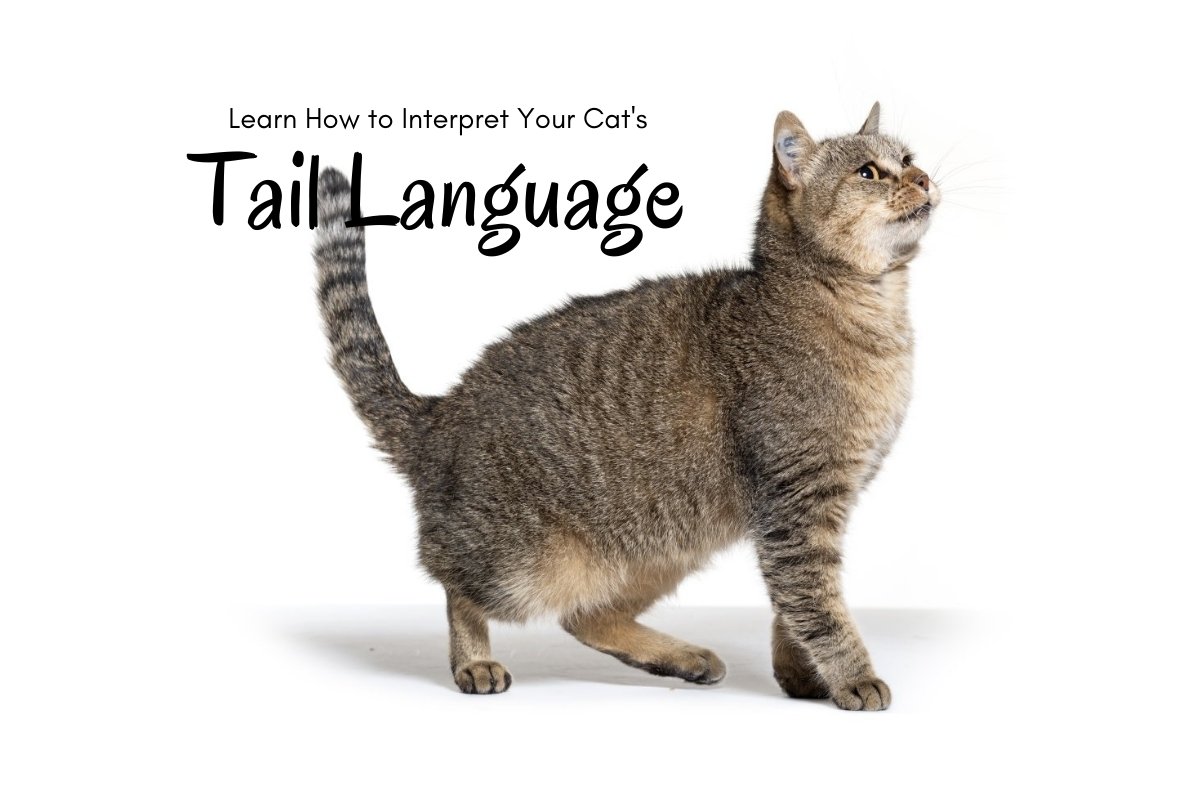
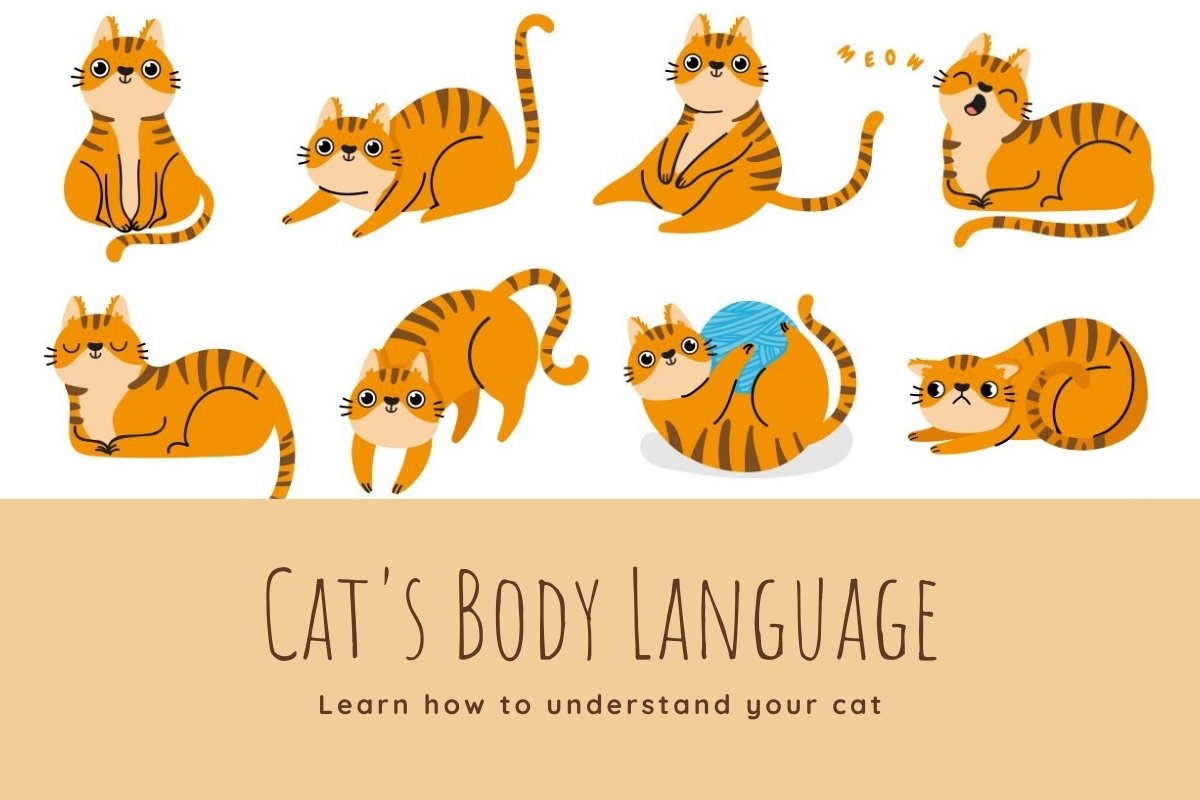
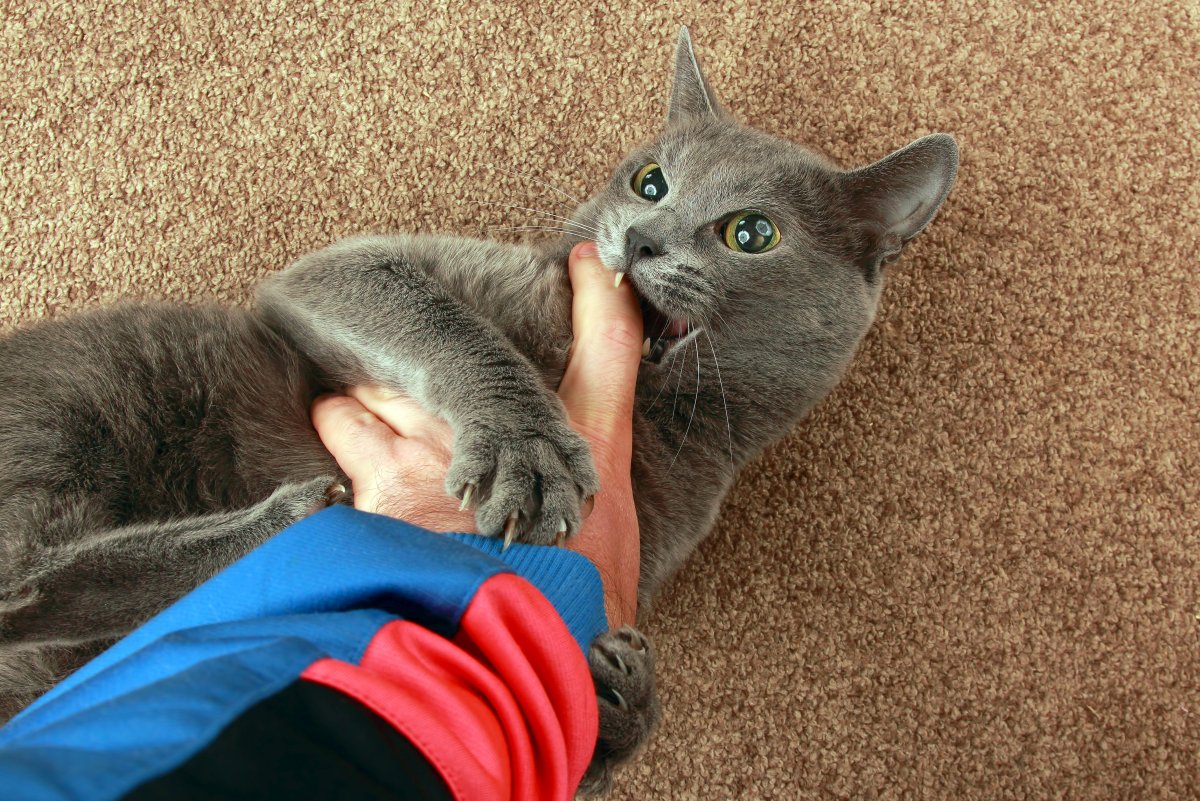
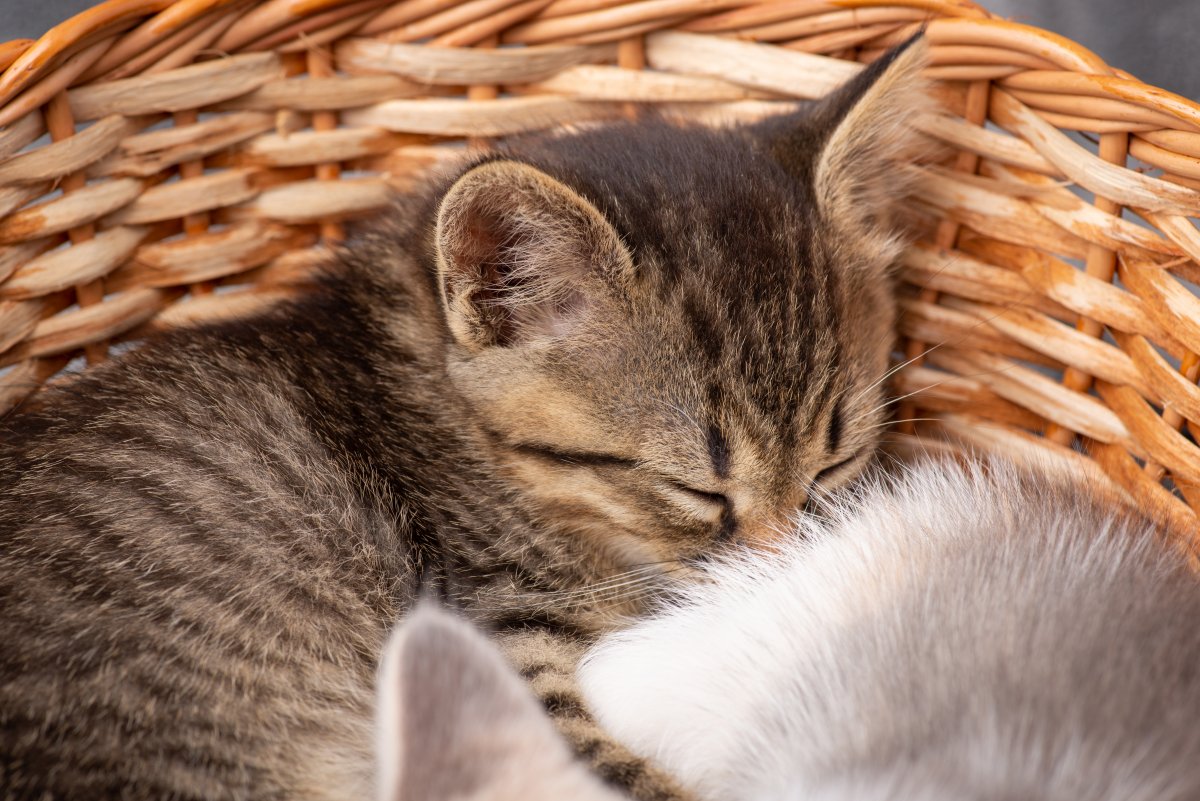
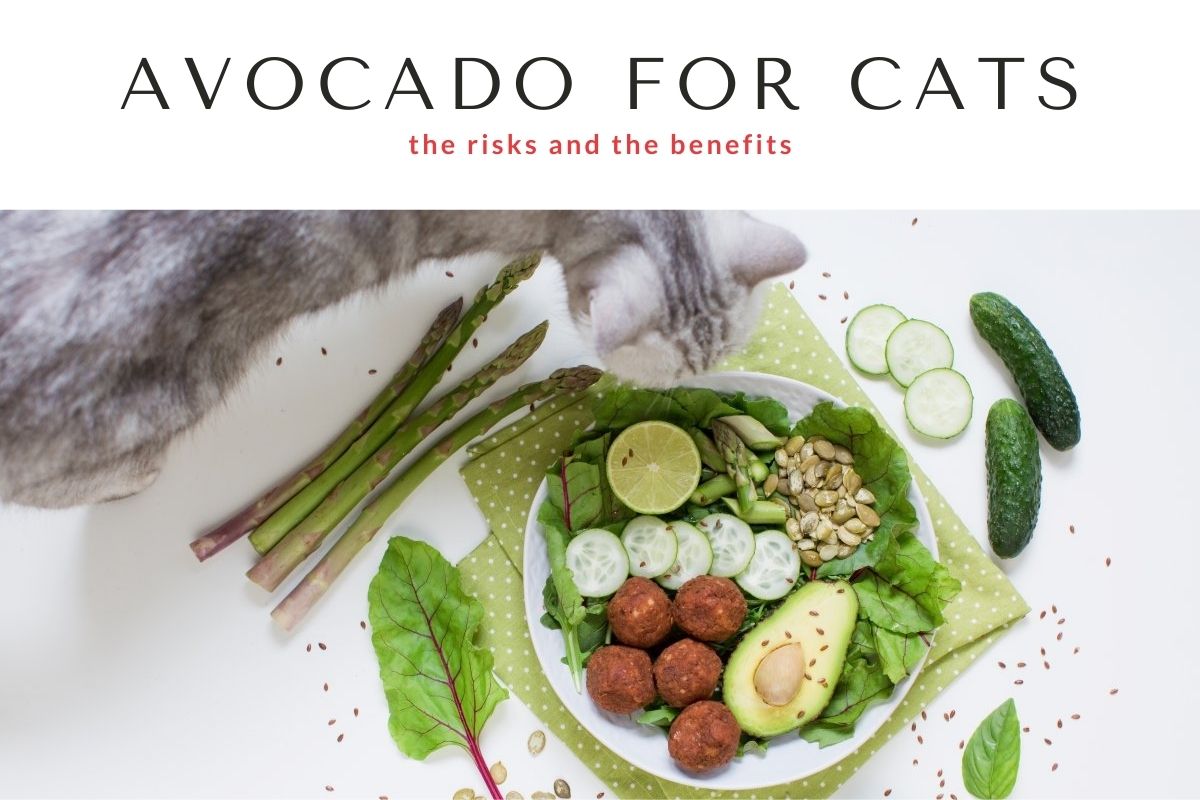
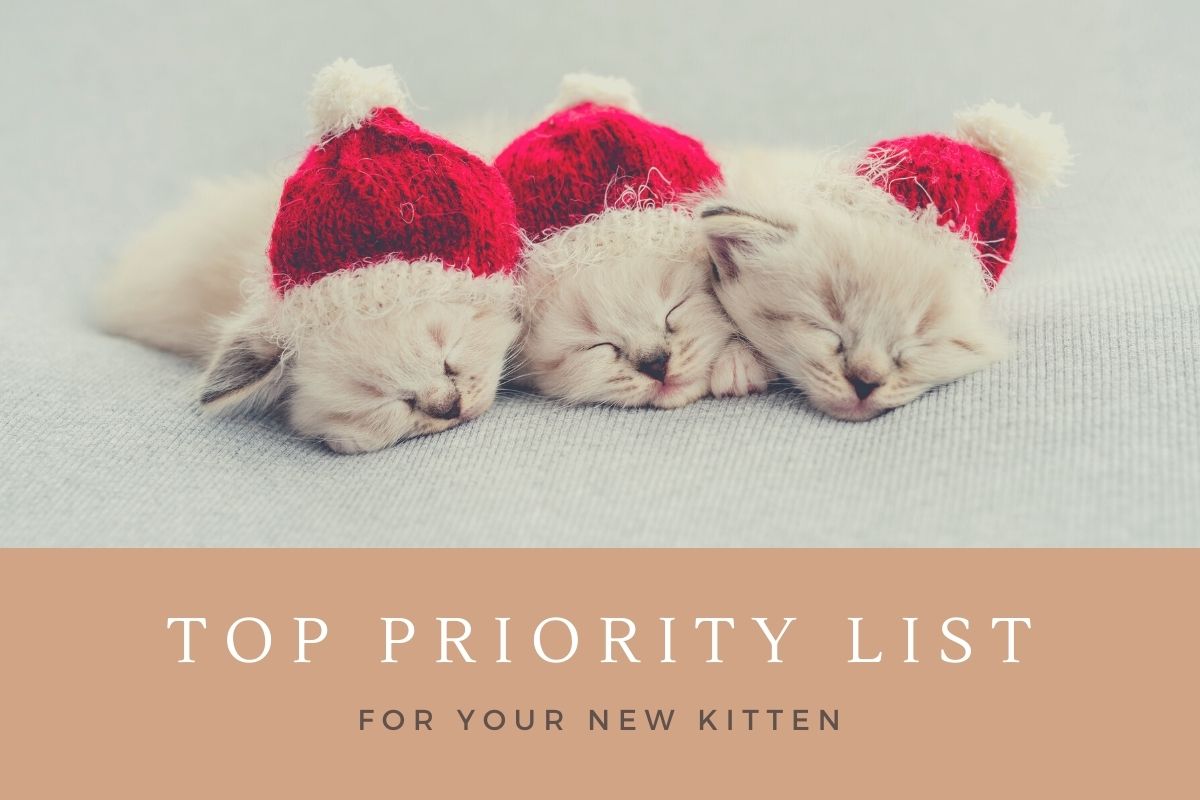
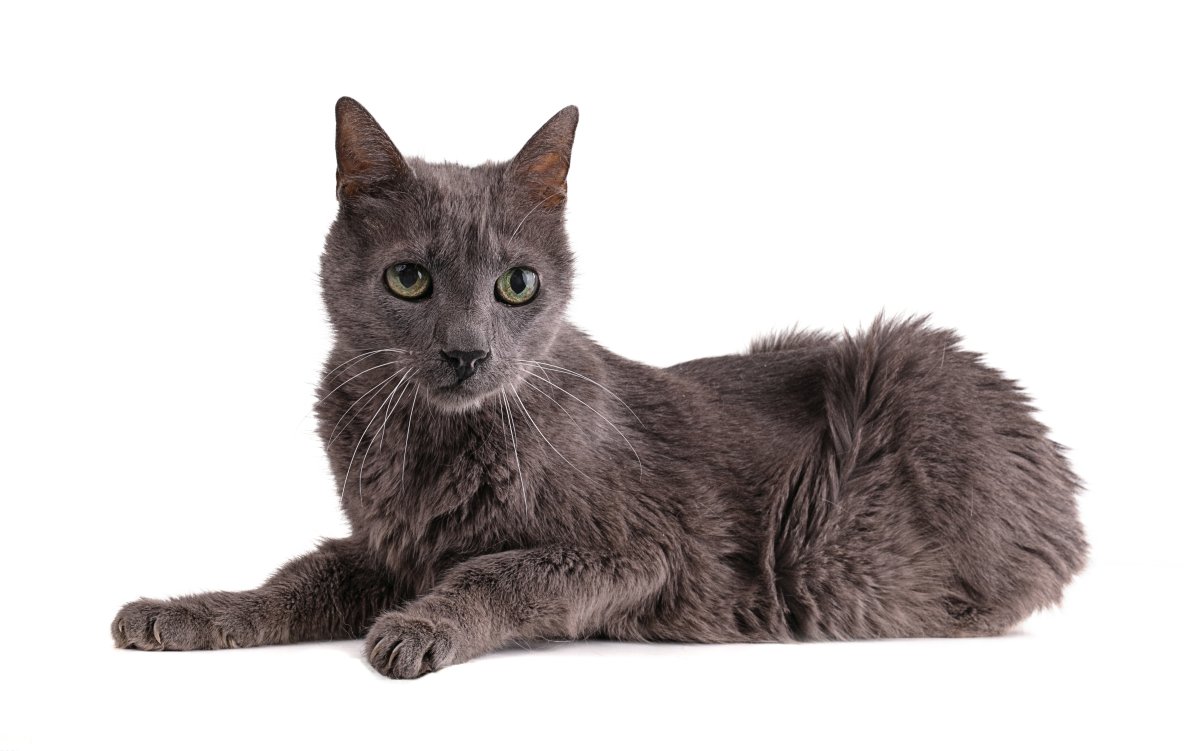
3 comments